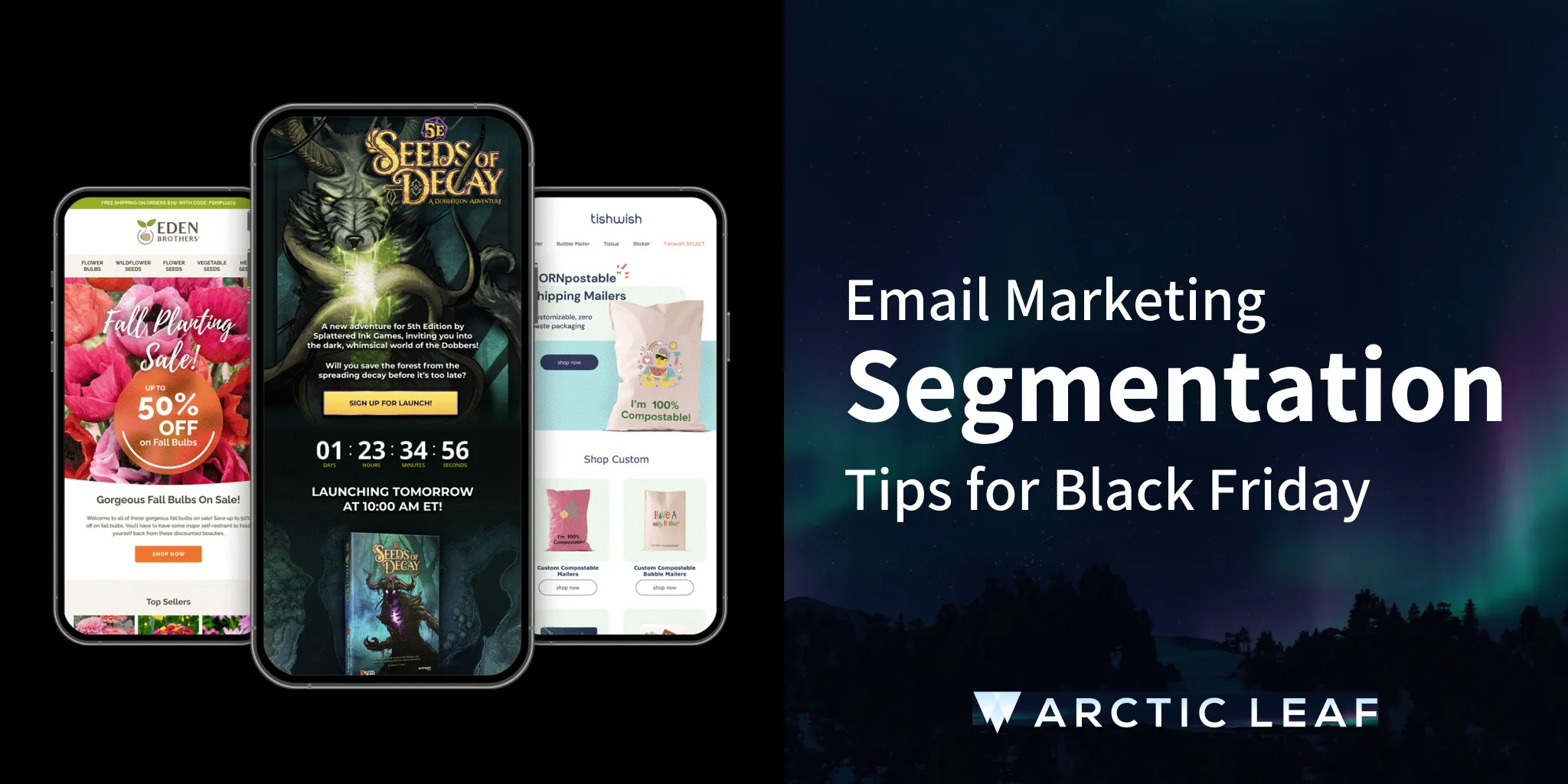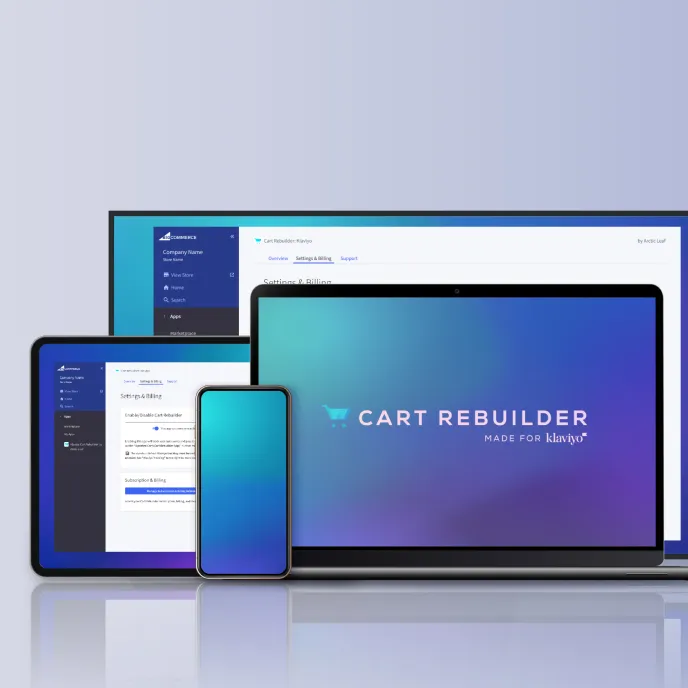Segmentation Strategies for Email Marketing
Key Takeaways:
-
Personalized Content: Segmentation allows for tailored messaging, making your emails more relevant.
-
Higher Engagement: Segmented campaigns see significantly improved open and click-through rates.
-
Lower Unsubscribe Rates: Relevant content reduces the likelihood of unsubscribes.
-
Types of Segmentation: Use geographical, demographic, behavioral, and psychographic criteria to refine your targeting.
-
Data and Tools: Collect accurate data and utilize advanced email marketing software for effective segmentation.
In the ever-evolving landscape of email marketing, there’s no such thing when it comes to a one-size-fits-all approach to audience reach. The pitfalls of sending generic emails to a broad list are all too familiar—messages lost in the sea of inboxes, struggling to resonate.
Enter segmentation, a strategic compass that navigates through the noise, ensuring your campaigns are finely tuned to the distinct needs of each audience segment. Are you ready to give your campaigns the spotlight they deserve? Read on!
The Power of Segmentation
Email segmentation involves categorizing your email list based on various criteria. This targeted approach ensures your messages are relevant to those receiving them, significantly impacting email marketing performance in more ways than one:
-
Personalization Boost: Segmentation enables tailoring content to specific audience segments, fostering a more personalized and engaging experience.
-
Increased Open Rates: Studies show that segmented email campaigns can lead to a 14.32% higher open rate compared to non-segmented counterparts.
-
Enhanced Click-Through Rates: Targeted content results in a 100.95% higher click-through rate, showcasing the power of delivering the right message to the right audience.
-
Reduced Unsubscribe Rates: Relevant content reduces the likelihood of subscribers opting out, contributing to a stronger and more loyal audience.
By leveraging segmentation, you too can harness the full potential of email marketing, driving better engagement, and taking your conversion rates to new heights!
Types of Segmentation
Email segmentation allows marketers and business owners to target specific subsets of their audience with tailored content, maximizing relevance and engagement. Four key types of segmentation offer unique insights into audience preferences and behaviors…
Geographical Segmentation
By considering different regions, you can target customers based on relevant holidays and world events. You can also adjust the language used! And, if you’re a shop selling from a brick-and-mortar location as well as online you can segment locally for in-store deals and internationally for online deals.
Demographic Segmentation
Segmenting by demographics, such as age, gender, income, or education, acknowledges that different demographic groups often respond differently to messaging, allowing for precise content customization to resonate with specific audience segments. If you’re uncertain about what your millennial or boomer audiences are purchasing, dig into those analytics and find out!
Behavioral Segmentation
Crafting content based on user actions and preferences is a dynamic strategy. By analyzing how subscribers interact with emails, websites, or products, you can send personalized content that aligns with individual behaviors. Is there a product your customers purchase on repeat? Set up an email flow based on the frequency and remind them to keep this habit up. This type of segmentation allows for timely and relevant communication, enhancing the overall customer experience.
Psychographic Segmentation
If you want to create content and campaigns which touch your customers on an emotional level, it’s important to understand their lifestyles and interests. Psychographic segmentation delves into values, hobbies, attitudes, and motivations, allowing marketers to align messaging with the unique psychologies of their audience. For example, if you’re selling workout support products, you aren’t going to send the same message to people who are attempting to lose weight for health reasons and gym rats focused on that muscle grind. One comes from a place of concern and fear that calls for empathy and kind support, while the other calls for a fitness instructor vibe to push them to the next level.
How to Implement Effective Segmentation
So, segmentation is great. But you don’t want to get it wrong. How do you go about doing this?
Collecting Relevant Data
Gathering subscriber information is pivotal. Use sign-up forms, surveys, and purchase histories to accumulate data on preferences, behaviors, and demographics. This foundational step will provide the basis for effective segmentation.
Utilizing Email Marketing Software
Leverage advanced email marketing software for efficient segmentation. Tools like Klaviyo, HubSpot, or ActiveCampaign offer robust features to categorize subscribers based on various criteria, streamlining the segmentation process. At Arctic Leaf, we prefer Klaviyo!
Creating Targeted Campaigns
Once you’ve gathered and analyzed your data, you’ll be be able to start crafting your beautiful, personalized campaigns! Get ready to be inspired, have fun, and of course, maximize the impact of your communication.
Amazon: Precision in Personalization
Amazon, the e-commerce giant, is a stellar example of effective segmentation. Through robust algorithms and data analytics, Amazon customizes user experiences based on past purchases, browsing behavior, and preferences. By tailoring recommendations and marketing messages to individual users, Amazon creates a personalized shopping journey. This meticulous segmentation contributes significantly to their remarkable customer retention rates and sustained business growth.
Spotify: Harmonizing Tastes with Behavioral Segmentation
Spotify, the music streaming service, excels in leveraging behavioral segmentation. The platform analyzes users' listening habits, generating personalized playlists like Discover Weekly. By understanding individual preferences and adapting content recommendations in real time, Spotify keeps users engaged and satisfied. This dynamic approach to segmentation has contributed to Spotify's global success, solidifying its position as a leading music streaming service with millions of loyal subscribers. Year in review, anyone?
Challenges and How to Overcome Them
Effective segmentation is powerful, but it comes with challenges that require strategic solutions.
Data Accuracy and Completeness:
-
Challenge: Incomplete or inaccurate data can hinder precise segmentation.
-
Solution: Regularly update and clean databases, employ double-opt-in processes, and incentivize users to provide accurate information.
Integration of Segmentation Data:
-
Challenge: Difficulty in integrating segmented data across platforms.
-
Solution: Invest in CRM systems that seamlessly integrate with your email marketing software, ensuring a unified view of customer data.
Avoiding Over-Segmentation:
-
Challenge: Too many segments can dilute the impact.
-
Solution: Consolidate segments based on overarching similarities, focusing on the most impactful criteria for personalization.
Privacy Concerns:
-
Challenge: Striking a balance between personalization and privacy.
-
Solution: Clearly communicate data usage policies, obtain explicit consent, and prioritize user privacy in your segmentation strategies.
By addressing these challenges with proactive measures, your business can harness the benefits of segmentation while maintaining precision and customer trust.
Conclusion
The votes are in, and it's clear: using one-size-fits-all approaches is outdated. Marketers are now relying on segmentation to guide them through the noise and make sure their campaigns really connect with people. This means personalizing content based on factors like location and demographics, and it's making a big impact. Companies like Amazon and Spotify have already seen success by using strategic segmentation, and as you start using these strategies and learn how to overcome challenges, expect more than just engagement! So, jump in and watch your customer base not only buy more, but connect more with your brand as well.





